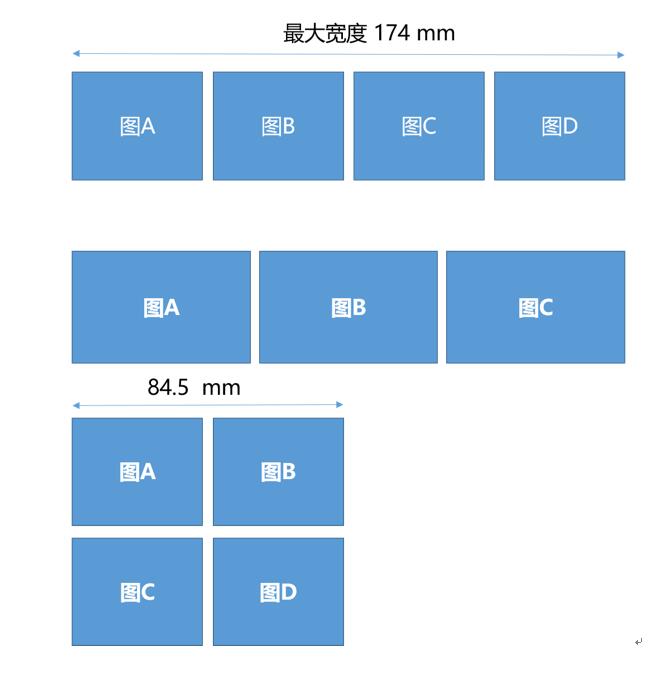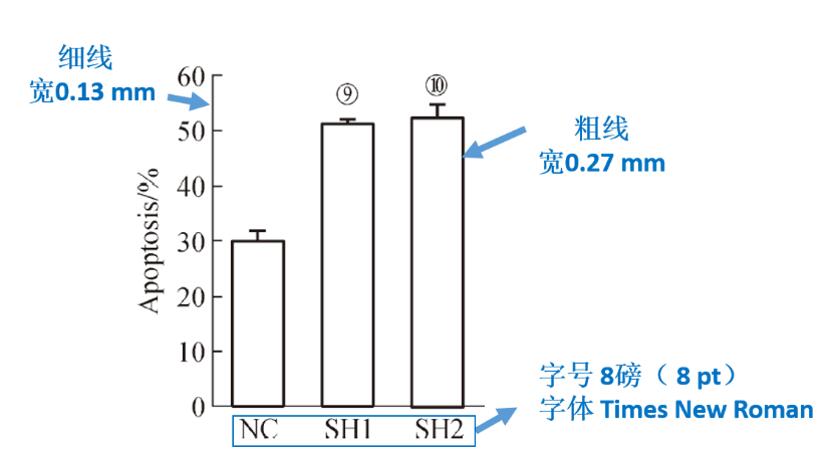
1. Is it required to make a statement if artificial intelligence (AI) was used in the paper?
Authors must state whether artificial intelligence (AI) or AI assisted technology is used in manuscript drafting. If it was adopted, Authors must disclose in detail in a certain section of the paper (such as in methods) how AI or AI assisted technology, including large language models, chatting robot (such as ChatGPT), or image generation tools, was used in research process or manuscript drafting.
2. What is the journal’s policy regarding the use of generative artificial intelligence (GenAI) in scientific writing?
The journal’s policy on the use of GenAI in scientific writing are as followed.
1) Generative artificial intelligence (GenAI) lacks the ability for critical thinking and original assessment, which may result in incorrect, incomplete, and biased conclusions. As a non-legal entity, it cannot assert the presence of conflicts of interest nor manage copyright or license agreements.
2) GenAI cannot assume the corresponding responsibility of an author, and this journal does not accept GenAI, its products or teams listed as authors.
3) GenAI cannot be used to write entire papers or important parts of papers, such as methods, results, and interpretation and analysis of results. All content falling within the realm of scientific contribution or intellectual work should be completed by humans.
4) If GenAI was adopted, authors must disclose in detail in a certain section of the paper (such as in methods) how GenAI was used in research process or manuscript drafting. Authors are fully responsible for the content produced by GenAI tools, and are thus liable for any breaches of publication ethics or infringement.
5) If the main content of a paper is completed by GenAI, the editorial office will regard the case as academic misconduct.
3. What is the journal’s policy regarding the use of generative artificial intelligence (GenAI) in review and editorial work?
The journal’s policy regarding the use of generative artificial intelligence (GenAI) in review and editorial work are as followed.
1) GenAI is prohibited to assist manuscript evaluation or decision-making process in the editorial office. It must be human editors who are responsible for the paper review, decision-making, and communication with authors.
2) To avoid risks of infringement, privacy breach, and confidential breach, reviewers and editors are not allowed to upload manuscripts and supplementary materials to publicly available GenAI platforms during the paper review and editing process.
3) If, upon investigation, the editorial office determines that authors have violated GenAI usage policies in their scientific writing, the manuscript will be rejected or retracted. In severe cases, the journal will reject submission from the authors within two years. If reviewers violate GenAI policies during the review process, which results in information leakage or infringement, they will be prohibited from participating in review work and shall bear consequent responsibilities.
1. Do the authors need to pay a reviewing fee?
No, they don’t. However, an APC shall be payable once the manuscript publishing is confirmed (RMB 400 per page).
2. What is the requirement for authorship?
The order of authors shall be collectively determined before submission and shall not be changed thereafter. If truly necessary, the order of authors could be changed if a testimony unanimously signed by all authors were provided. An author should be a person who:
(1) participates in topic selection, study design or data analysis or interpretation;
(2) drafts or revises key theories or other main content of the paper;
(3) reviews and revises the paper according to the comment from the editorial office, discusses about it in academic community, and finally agrees on publishing;
(4) besides his/her own part, agrees to take responsibility for the honesty of all parts of the work.
All the four conditions above must be met. Those who only participate in laboratory assistance, obtaining funds, collecting materials, or only managing the research team cannot be named as authors.
3. Do the authors need to upload the copyright license when submitting the manuscript?
The authors should complete the Copyright License and Authors Contribution Form, which can be found in the ‘Author’ section. The form should be signed by all authors and stamped by their institute. The soft copy should be uploaded to the system when making the submission and then the hard copy should be posted to the editorial office.
4. How to define an author’s contribution?
An author’s contribution includes experiment design, research execution, data collection, data analysis and interpretation, paper writing and revision.
A serial number would be generated once a submission is successful. The time for review is about 1~3 months. You can check the status via the submission system.
6. What should I do if I do not hear from the editorial office for a long time after submission?
You can contact the editorial office by the method indicated in the web page of “Contact Us” if you do not receive a result for a very long time (over 3 months). You can also send an e-mail to the editor responsible for your manuscript. Please provide your manuscript serial number when making inquiries.
7. What is the requirement of format for in-text figures?
(1) Font and size
l Chinese: Hanyishusongyijian (汉仪书宋一简) or Songti (宋体)
l English: Times New Roman
l 8 pt
(2) Layout
l Width maximum:174 mm
l Width for single column:84.5 mm
l Width for multi-column:174 mm

(3) Drawings
l Lines of coordinate axis: 0.13 mm in width
l Lines of columns or curves 0.27 mm in width
l The original file in which lines and words can be modified should be provided (preferably in EMF format, other formats are acceptable such as EPS, VSG, visio, AI, Excel, DOCX, PPT, CDR, etc.)

(4) Resolution
l Resolution refers to the number of pixels per unit length (area)
l At least 300 PPI (pixels per inch)
l When setting PPI, please ensure that the width of the picture meets the requirements
(5) Figures of imaging apparatus
l Provide original images
l Do not stretch
l Tiff format
l Ensure the width and resolution meet the requirement
l The scale or magnification times should be indicated for pathological pictures. The ratio shall be marked in the lower right corner
l Dyeing method should be stated if applicable